Non Gaussian Distribution of Floating Soil Particles Deposited on the Surface of Tantalum and Molybdenum under Cyclotron Pulse Radiation
Since the moon has no dense atmosphere and permanent magnetic field, it is constantly bombarded by cosmic rays, electromagnetic radiation and meteoroid. These positive factors result in a unique exosphere, which consists of a plasma dust system composed of plasma and suspended dust particles. The source of suspended dust is lunar soil, and particles may be suspended at an altitude of over 100 kilometers.
As shown in lunar missions, the weathered layer poses problems for space equipment due to its high abrasiveness and adhesion. Due to the fact that conducting experiments on the lunar surface is still not economically feasible, it is crucial to study how the weathering layer interacts with various materials in the laboratory.
In this article, we present the size distribution of laboratory clay particles deposited on tantalum and molybdenum (i.e., laboratory synthesized clay particles). We chose these metals for simulation material testing because they have high performance at high temperatures and can be used in aerospace engineering.
Method
Generation of plasma dust clouds
The simulated material experiment was conducted at the Plasma Physics Department of the Prokhorov Institute of General Physics, Russian Academy of Sciences. The schematic diagram of the experiment is shown in Figure 1 (a).
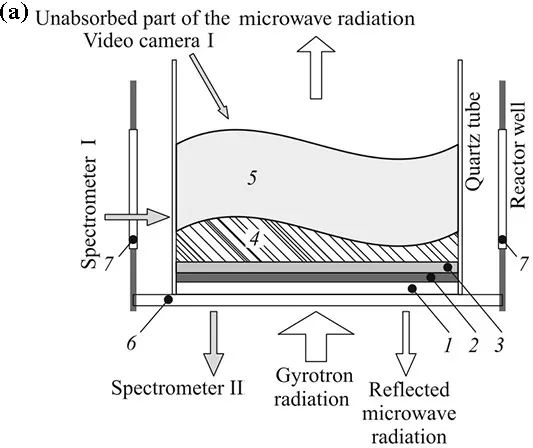
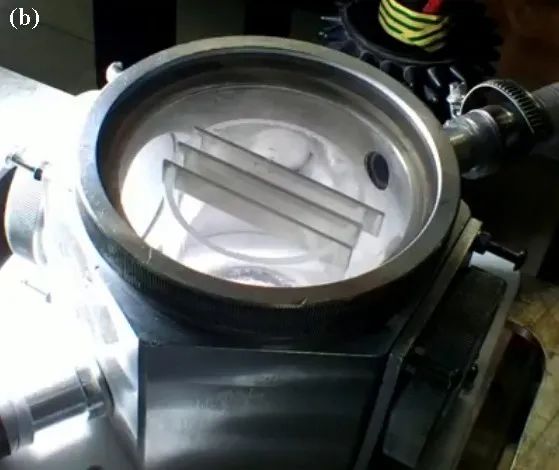
Figure 1. (a) Experimental schematic diagram: 1, 2, 6, 7-quartz plates; 3- Floating soil simulation object; 4,5-Plasma and gas layers with suspended dust particles, known as plasma dust clouds. Two spectrometers record spectra from plasma (Spectrometer I) and weathering layer (Spectrometer II), and one camera records the evolution of chemical and physical processes in the reactor. (b) The metal plate is placed above the floating soil simulation in the plasma chemical reactor.
Gyrotron pulse (power up to 400 kW, duration up to 10 ms) irradiates lunar soil simulant, which is similar to lunar soil in chemical composition and particle size distribution (from now on, we also call lunar soil simulant "lunar soil" or "simulant"). Simulants are mixtures of metal oxides. After reaching the energy threshold of dielectric breakdown, microwave energy is effectively absorbed by the plasma phase inside the powder mixture and above the surface of the mixture. At the same time, surface particles are charged by contact with the plasma. It causes strong Coulombic repulsion between particles and subsequently leads to an explosion process. As a result, floating soil particles appeared in the reactor and suspended above the powder mixture. The plasma temperature can reach 7000 K, which is sufficient to trigger an exothermic chain reaction on the powder surface. They include the decomposition of oxides and the synthesis of new micro and nano materials, which are derivatives of weathered layers. The suspended dust particles become the crystallization centers of this material.
After the termination of the chain reaction, the suspended dust particles settle on all surfaces of the reactor, including metal plates (Ta and Mo), which are placed 3-4 cm above the simulated floating soil (Figure 1 (b)).
Particle size distribution
Study metal plates with deposited floating soil particles using a scanning electron microscope JEOL JSM-6390LA. Then process the obtained micrographs in ImageJ and visualize the data in MATLAB. The schematic diagram of this algorithm is shown in Figure 2.

Figure 2. Schematic diagram of micrograph processing algorithm
After preliminary image correction, the deposited weathered layer pellets (as they melt at high temperatures) were approximated using an ellipse to calculate their area (Figure 3), and the data was exported as a table to MATLAB. In MATLAB, calculate the linear granularity and draw the normalized granularity distribution histogram.
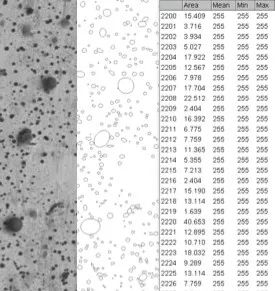
Figure 3. Example of image segmentation and particle analysis in ImageJ: The weathered layer spherical particles (left) deposited on Ta are approximate to the ellipse (center), their area is calculated, and the tabular data (right) is exported to MATLAB for further analysis.
Result
Figures 4 (a) and 5 (a) show tantalum and molybdenum surfaces deposited with floating soil particles. It can be noted that there are two types of deposited particles - spheres of different sizes and amorphous particles. The latter has an advantage in molybdenum. The particle layer is not dense and does not fully cover the metal surfaces of tantalum and molybdenum.
The grain size distribution histogram is shown in Figures 4 (b) and 5 (b). For tantalum, the main particles are 2-4 microns, larger particles are not common, and their maximum linear size is 40-42 microns. For molybdenum, the contribution of smaller particles (1-4 microns) has increased, and there are no particles with linear sizes exceeding 26 microns.
Both of these size distributions are non Gaussian, with a large power-law tail and a flat top. Therefore, the contribution of larger particles cannot be ignored. It should be noted that non Gaussian is also a characteristic of actual lunar soil samples.
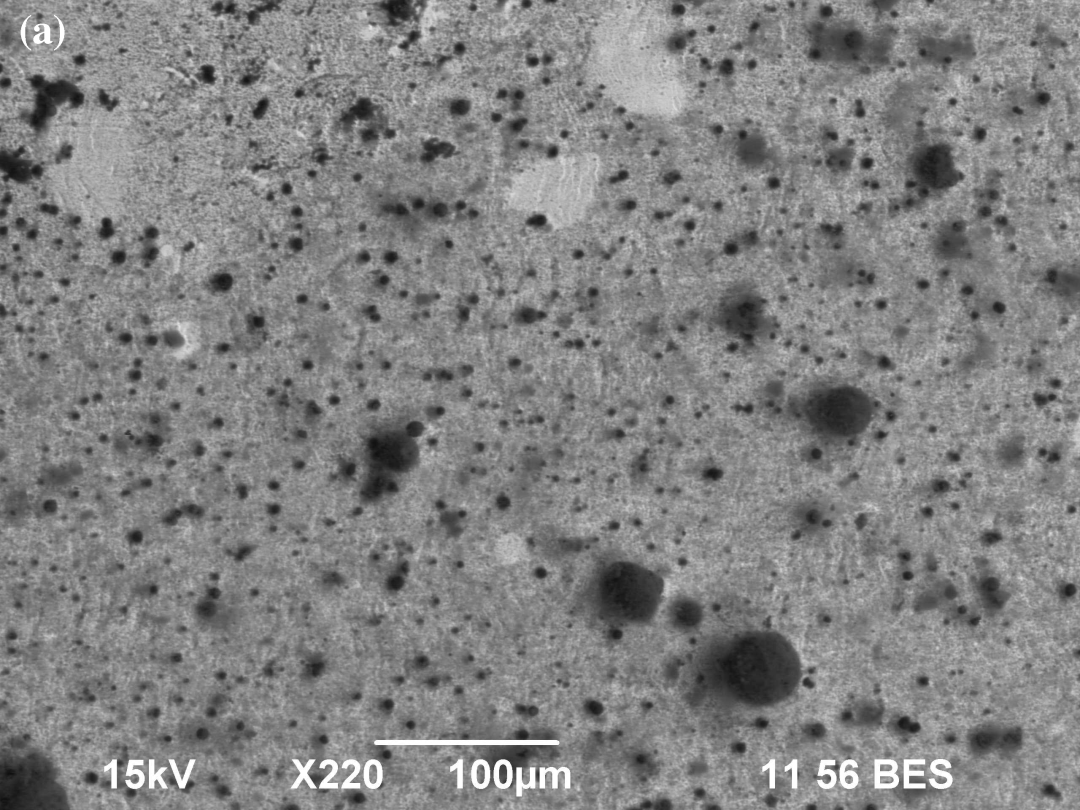
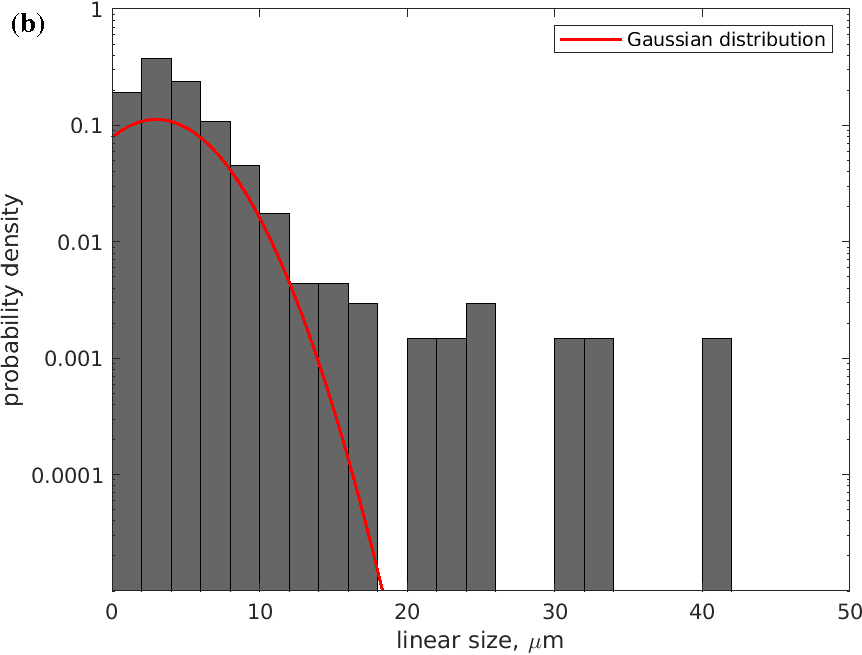
Figure 4. (a) A micrograph of tantalum with sedimentary weathering shell particles, and (b) a histogram of their normalized size distribution. (b) The red curve in represents the Gaussian distribution, and its mean and standard deviation are calculated for the given experimental data.
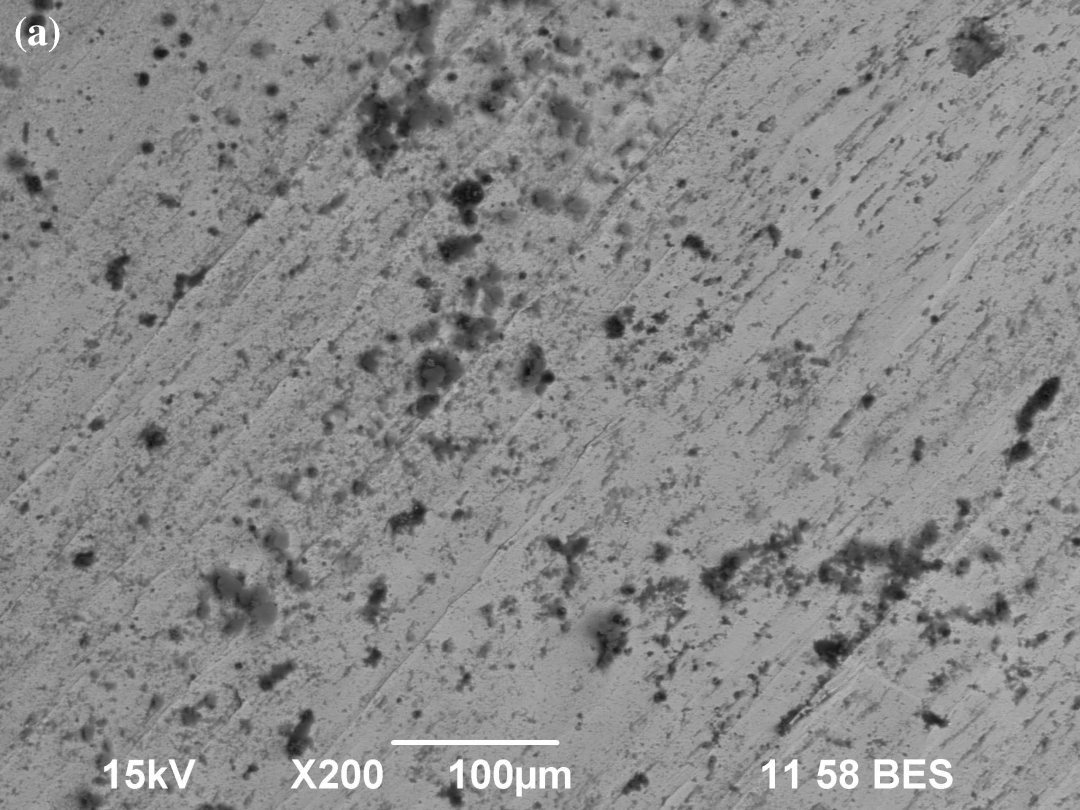
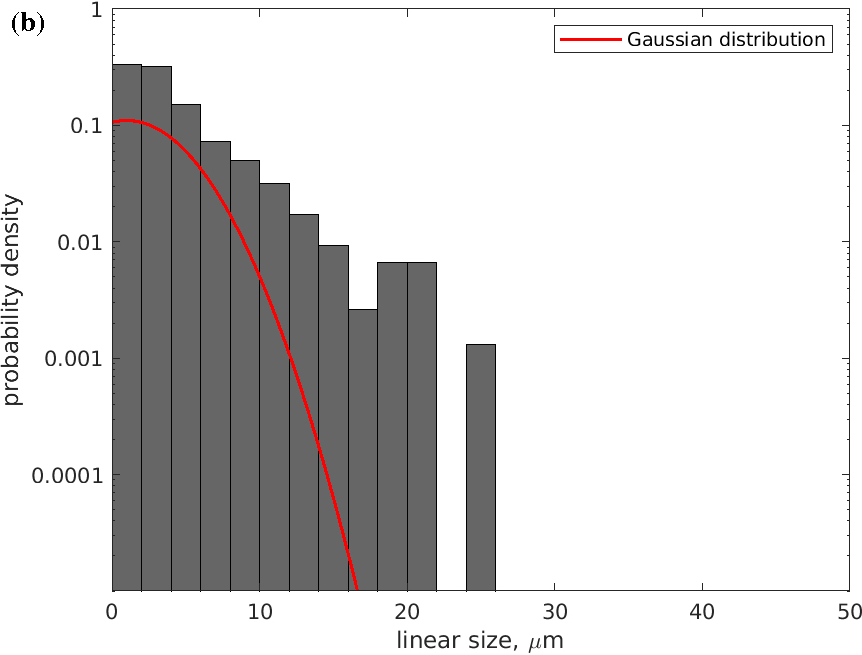
Figure 5. (a) A micrograph of molybdenum deposited with floating soil particles, and (b) a histogram of their standardized size distribution. (b) The red curve in represents the Gaussian distribution, and its mean and standard deviation are calculated for the given experimental data.
Conclusion
The analysis of laboratory floating soil particles deposited on tantalum and molybdenum surfaces under cyclotron pulse radiation reveals a non Gaussian distribution with a large power law tail and flat top. The lunar weathering layer also has the same distribution characteristics.
The particle size distribution of plasma dust cloud generated by gyrotron pulse radiation simulates the particle size distribution of actual lunar samples, which proves the feasibility of using microwave method to reproduce lunar conditions and the practicability of microwave method in lunar mission material testing.







